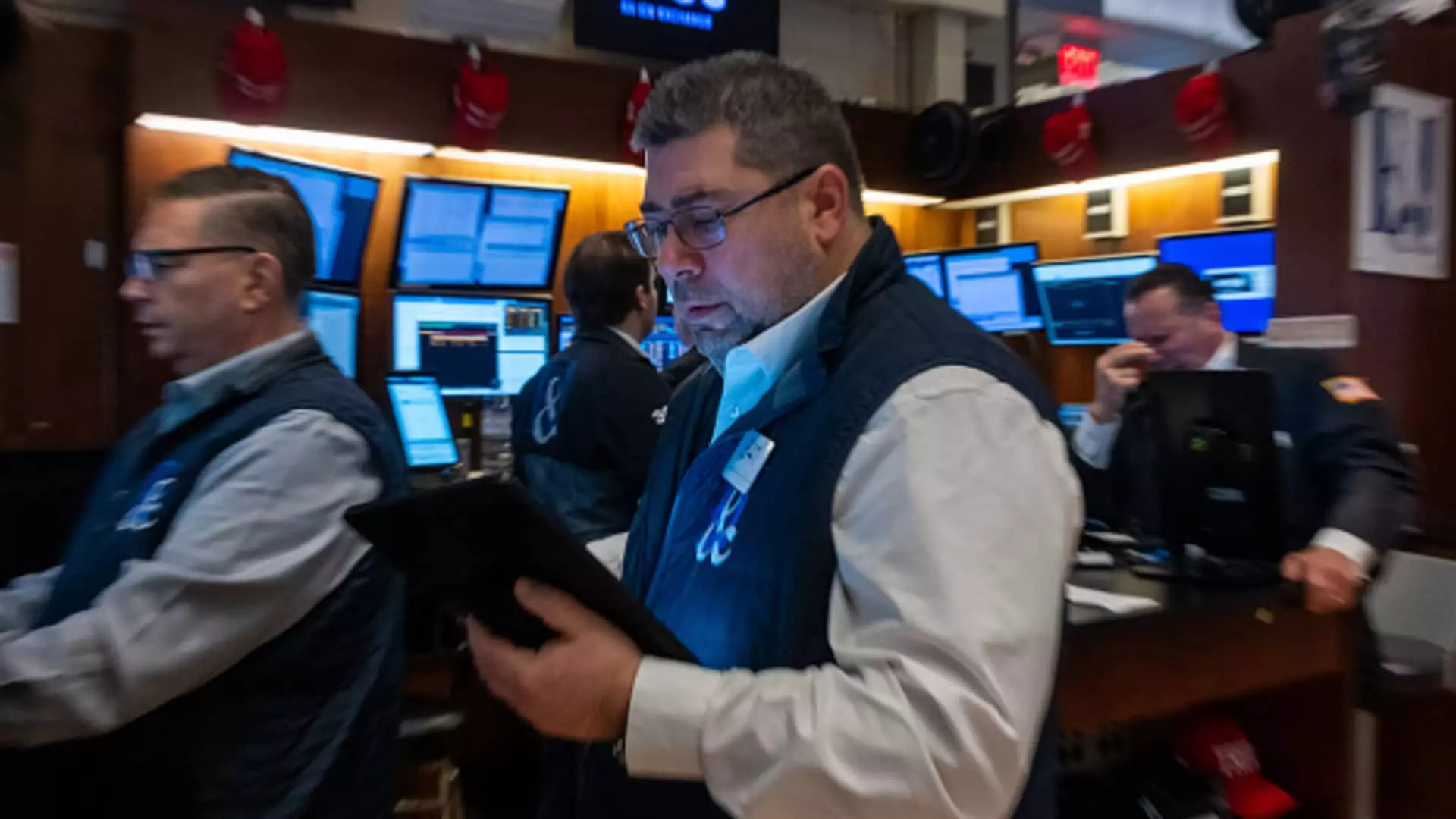In recent years, a noticeable shift has occurred in the trading landscape, particularly among exchange-traded funds (ETFs). The rise of leveraged and inverse ETFs has caught the attention of both seasoned investors and retail traders, suggesting a wider acceptance and understanding of these complex investment vehicles. These ETFs, designed to amplify returns or provide inverse performance relative to a benchmark index, are becoming an increasingly significant part of the market’s daily trading volume.
Leveraged ETFs use financial derivatives to amplify the daily returns of an underlying index. For instance, if the S&P 500 index rises by 1%, a 2x leveraged ETF is engineered to provide a return of 2%. Conversely, an inverse ETF reacts differently; it aims to deliver returns that are the opposite of the index’s performance. For example, on a day when the S&P 500 gains 1%, a 2x inverse ETF would typically show a decline of 2%. This duality of approach allows investors to tailor their strategies based on perceived market movements.
The growing interest in these products can be attributed to their intrinsic structure, offering profound appeal to speculators. With the advent of technology, purchasing these funds has never been easier; investors can simply execute a trade from their smartphones, removing previous barriers to entry that may have deterred potential users.
The current market environment has fostered a speculative investment culture, evidenced by surging trading volumes in options, cryptocurrencies, and leveraged products. Such activities are indicative of a broader trend where investors actively seek short-term gains amid volatile market conditions. Douglas Yones, CEO of Direxion, one of the leading providers of these ETFs, noted a shift towards more aggressive investment strategies, which he attributes to a heightened appetite for short-term market exposure.
According to reports, a significant portion—approximately 75%—of leveraged ETF ownership consists of retail investors, with only a small portion being institutional. This retail-centric dynamic suggests a contemplation of risks aligned with a demographic characterized by a propensity to take larger bets on market swings.
Leveraged and inverse ETFs were first introduced in the U.S. market back in 2006 with a focus on large indices such as the S&P 500 and the Nasdaq 100. The rapid evolution of these funds, especially single-stock leveraged ETFs introduced in 2022, has contributed to the overall growth of the trading volume in the ETF space. Today, large-cap tech companies like Nvidia and Tesla have their own leveraged ETFs, reflecting investor enthusiasm for these high-growth stocks.
From a financial perspective, the growth trajectory of leveraged and inverse ETFs is particularly compelling. In 2016, they accounted for a mere 2% of the overall ETF market’s assets under management (AUM), which was about $2 trillion at the time. Fast forward to today, as the ETF industry has expanded to roughly $11 trillion, and leveraged ETFs now represent nearly 8% of the total AUM, amounting to around $81 billion.
The ascendancy of leveraged ETFs highlights a significant trend: the increasing prevalence of daily trading engagement. Observations have shown that several leveraged funds have secured their positions among the most heavily traded ETFs. For instance, ProShares UltraPro QQQ (TQQQ), offering a staggering 3x leverage on the Nasdaq 100, has amassed substantial daily dollar volume, underscoring its popularity amongst traders.
However, it’s essential to understand that these products are not structured for long-term investment strategies. Due to their daily-reset mechanism, the potential for returns becomes increasingly unpredictable over extended holding periods. Investors often grapple with the ramifications of compounding impacts, complicating the outcome over multiple days substantially.
For example, if someone were to invest in a 2x leveraged ETF during a period of fluctuating market conditions, the unpredictable nature of compounding could lead to lower-than-expected returns, even resulting in losses.
The landscape of leveraged and inverse ETFs becomes a fascinating case study of risk versus reward. While these products have democratized access to sophisticated trading strategies, they also require a thorough understanding of associated risks. As Todd Sohn of Strategas emphasizes, the importance of risk management cannot be overstated, particularly as market volatility rises.
For those willing to engage with these complex financial instruments, knowledge and caution may be the finest tools for navigating the unpredictable waters of leveraged investing. As financial landscapes evolve, so too must the strategies and understandings of the market’s participants. The dramatic rise of leveraged and inverse ETFs signals both a trend toward speculative trading and a need for greater investor education on how to wield these powerful financial tools responsibly.

